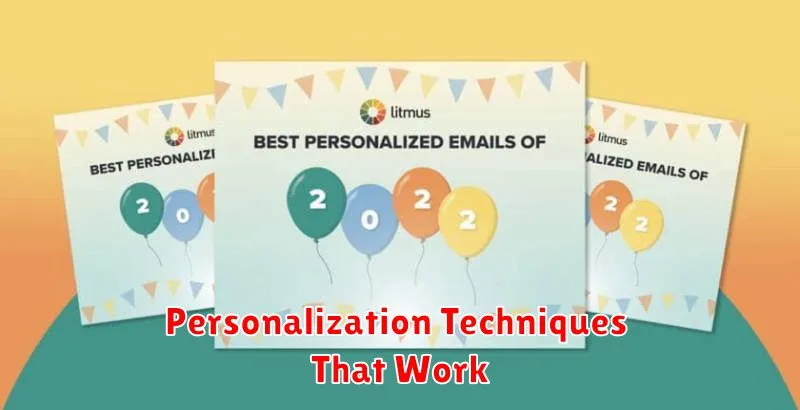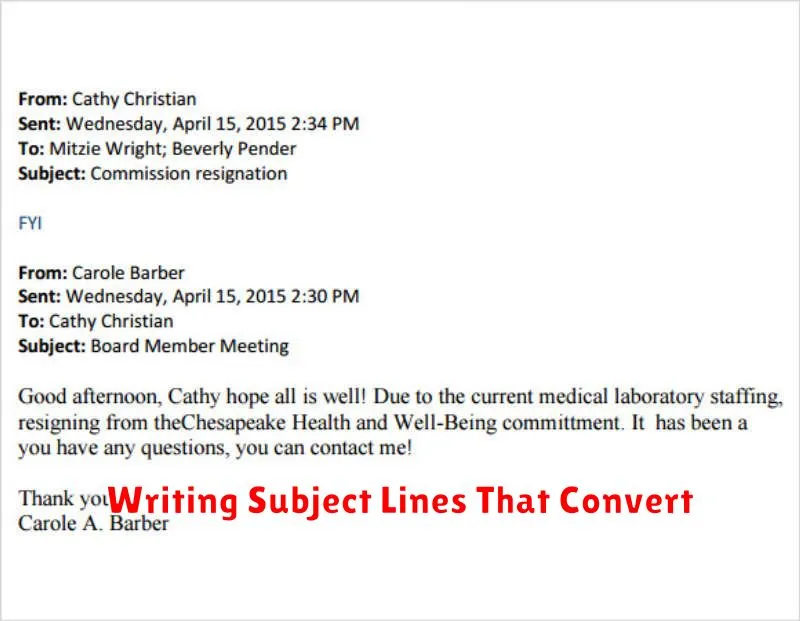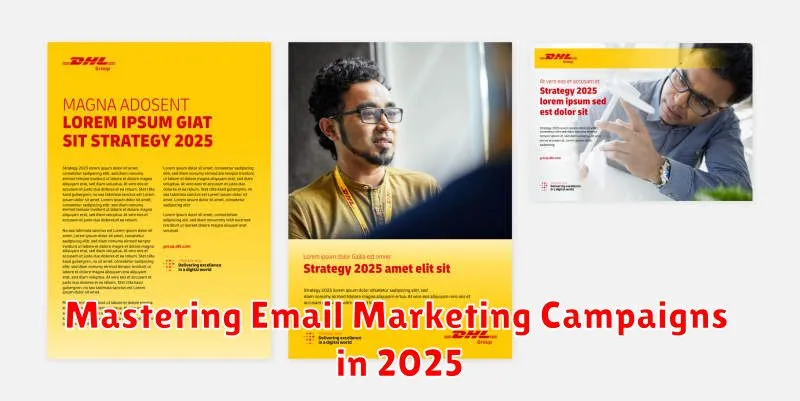In today’s digital landscape, email marketing remains a powerful tool for businesses to connect with their audience, build brand loyalty, and drive conversions. Mastering email marketing campaigns in 2025 requires a strategic approach that incorporates the latest trends and best practices. This involves understanding your target audience, crafting compelling content, leveraging automation, and analyzing data to optimize your campaigns for maximum impact. This article will equip you with the knowledge and strategies necessary to develop high-performing email marketing campaigns that deliver exceptional results in the ever-evolving digital landscape of 2025 and beyond. From crafting personalized subject lines to optimizing for mobile devices and navigating the complexities of data privacy, we’ll cover the essential elements of successful email marketing.
Whether you’re a seasoned marketer or just starting out, this comprehensive guide will provide you with actionable insights to elevate your email marketing campaigns. We’ll explore the latest trends shaping the future of email marketing, including personalization, automation, artificial intelligence, and the increasing importance of data privacy. By understanding these key trends and implementing the strategies outlined in this article, you can master email marketing campaigns in 2025 and achieve your business objectives.
What’s Changed in Email Marketing?
The email marketing landscape is constantly evolving. Personalization has moved beyond simply using a recipient’s name. Advanced AI-powered segmentation now allows for hyper-personalized content based on individual behavior and preferences. This shift necessitates a move away from generic blasts towards targeted campaigns.
Privacy is another key area of change. Increasingly stringent regulations, such as GDPR and CCPA, require marketers to prioritize data security and obtain explicit consent. This necessitates a focus on transparent data collection practices and providing users with more control over their data.
Finally, the rise of interactive email content is transforming the inbox experience. Embedded videos, polls, and shoppable elements provide users with more engaging and dynamic content, leading to increased interaction and conversions.
Personalization Techniques That Work

In 2025, email marketing success hinges on personalized experiences. Generic blasts are ineffective. Tailoring content to individual subscribers is key to engagement and conversions.
Leverage data-driven insights. Analyze user behavior, purchase history, and preferences to segment your audience. This allows for targeted messaging that resonates.
Dynamic content insertion changes email elements based on recipient data. Use it to personalize offers, product recommendations, and even images.
Behavioral targeting goes beyond demographics. Track website activity and email interactions to deliver timely and relevant content based on demonstrated interests.
Tools to Automate Your Campaigns
Leveraging the right automation tools is crucial for successful email marketing in 2025. These tools can streamline your workflow and maximize your campaign’s impact. Choosing the correct tool depends on your specific needs and budget.
Key features to consider include email sequencing, A/B testing capabilities, detailed analytics dashboards, and robust integration options with your existing CRM and marketing platforms.
Some popular choices include enterprise-level solutions like Salesforce Marketing Cloud and Adobe Campaign, as well as more budget-friendly options such as Mailchimp, ActiveCampaign, and Constant Contact. Evaluate your needs carefully to determine the best fit.
Writing Subject Lines That Convert

Crafting compelling subject lines is crucial for email marketing success. A strong subject line grabs the reader’s attention and encourages them to open the email. Brevity and clarity are key. Aim for a concise subject line that accurately reflects the email’s content.
Personalization can significantly improve open rates. Using the recipient’s name or referencing their past interactions can make the email feel more relevant. Additionally, create a sense of urgency or exclusivity to encourage immediate action. Phrases like “limited-time offer” or “exclusive access” can be effective.
Finally, rigorously test different subject lines to see what resonates best with your target audience. A/B testing allows you to compare the performance of two different subject lines and identify the most effective approach.
Best Times to Send and Why
Identifying the optimal send times is crucial for maximizing email campaign effectiveness. Timing significantly impacts open and click-through rates. While universal best times don’t exist, understanding your target audience is key.
Generally, mid-week mornings (Tuesday, Wednesday, Thursday) between 9 am and 11 am often see higher engagement. This aligns with typical work schedules when individuals are checking emails. However, consider your specific audience’s demographics and habits. Testing different send times is vital for pinpointing what resonates best with your subscribers.

